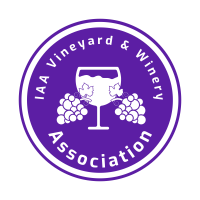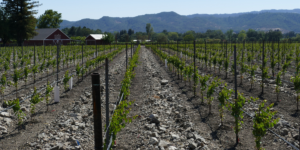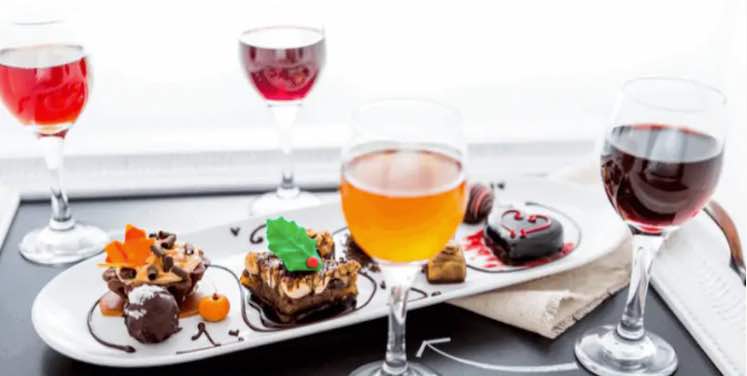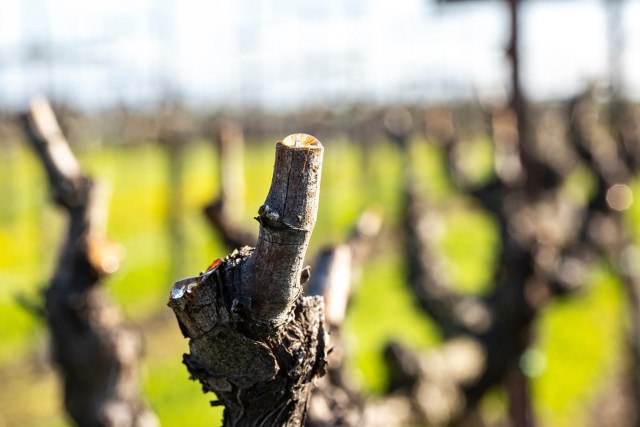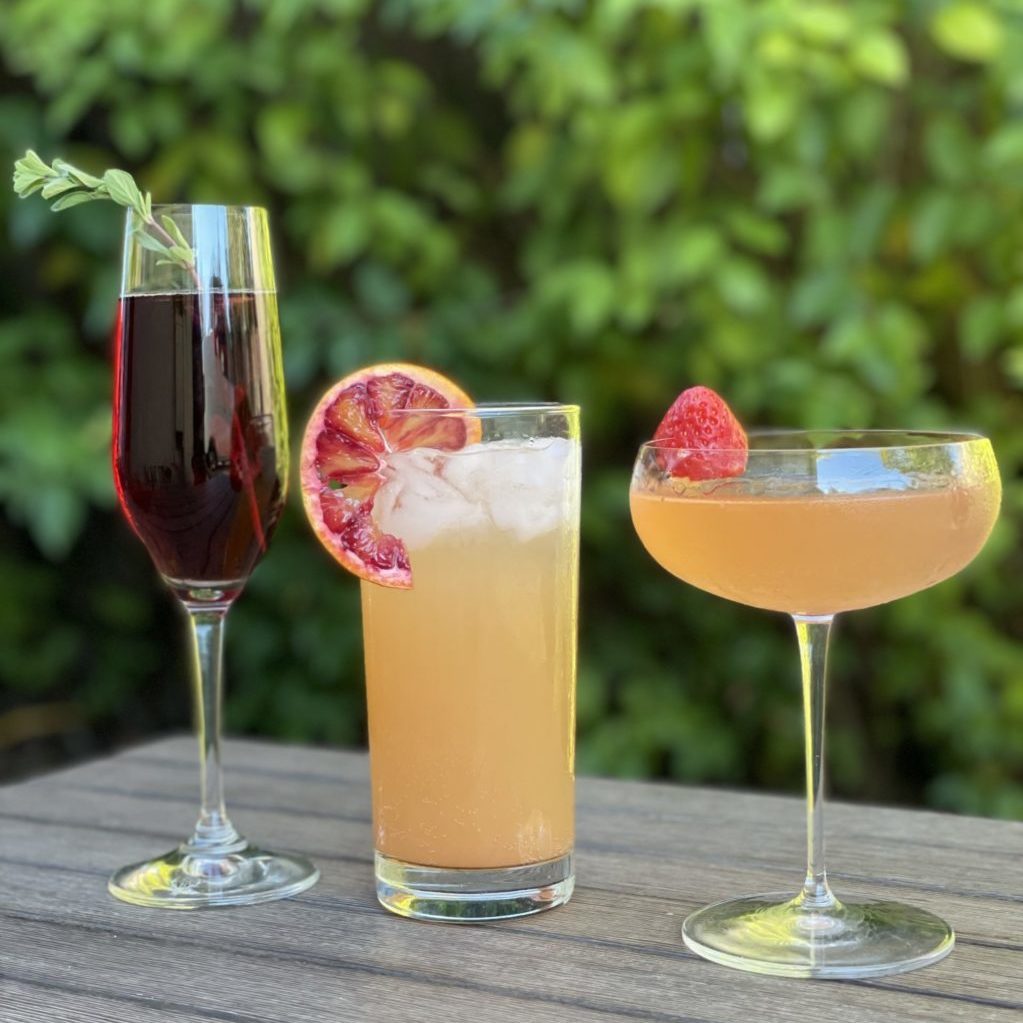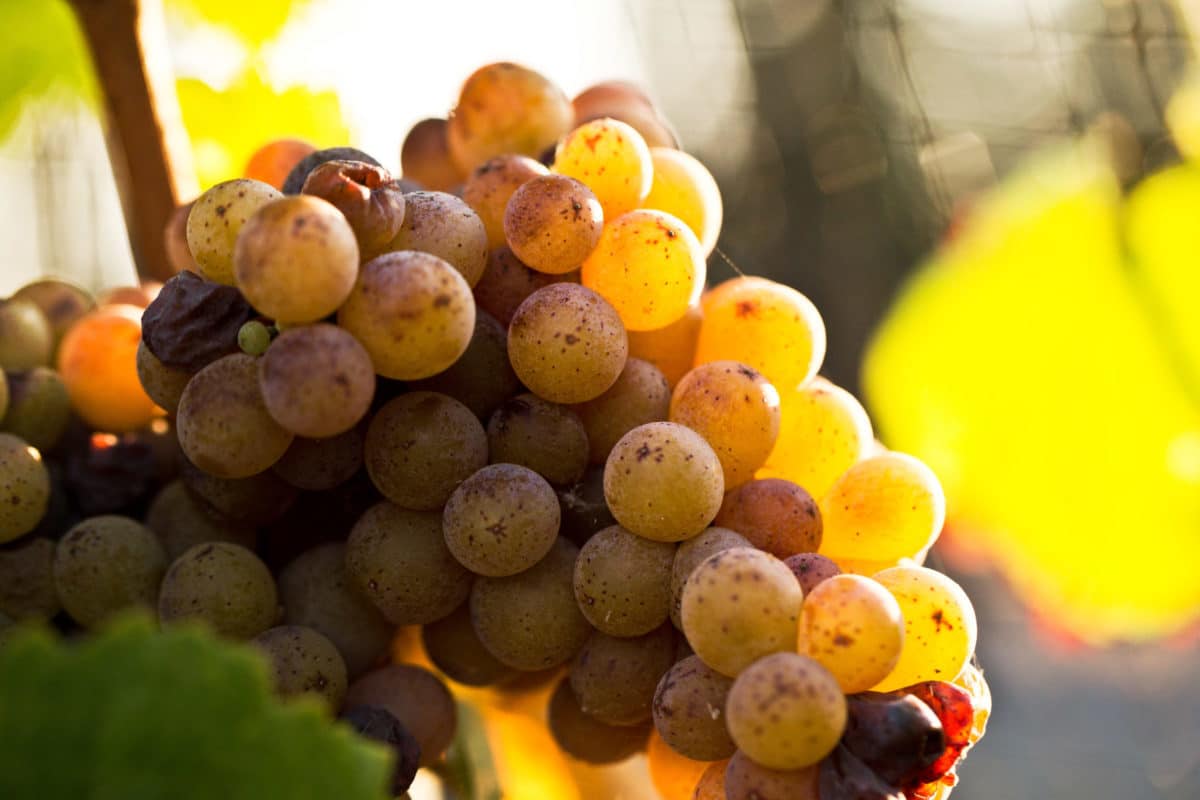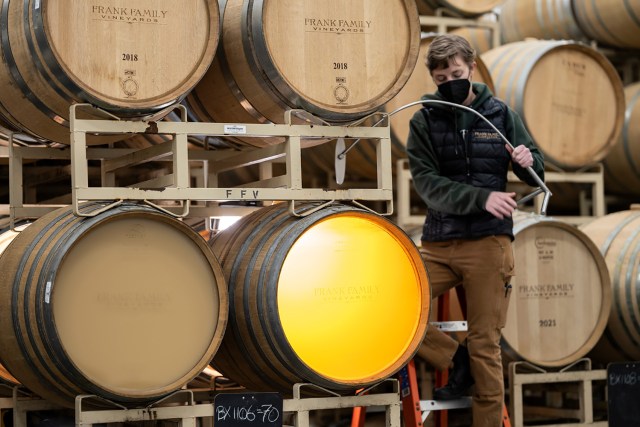The Napa Valley is fortunate enough to have one of the most optimal conditions in the world for growing premium wine grapes. However, making well-crafted, fine wine does not happen just because the grapes are grown on a decent plot of land. It is a long, meticulous process that requires attention to detail and patience. So let’s take a walk down the long road of a grape grower to follow the journey your grapes have made to be in your bottle today.

The Planting Stage
The first step on a grape’s journey to bottle-hood is for the grower to plant the grapevine. The grower’s intentions around this stage are to determine the best type of grapes that will thrive with the conditions around it. These conditions can consist of soil type, climate, landscape, sunlight exposure – all important factors in determining which grapes will yield the best results. After determining the grape, the grower can then decide the best position to orient the rows and the amount of space between each grapevine. Once the grapevines have been planted, then it is all a waiting game. It can take up to three years before grapevines can produce a sufficient enough crop to make wine! Think of these years as the “training years.” The growers are ensuring the vines concentrate their energy on developing robust roots and producing grapes instead of leaves. Fortunately, growers only need to undergo this stage once every 30 years or so when a grapevine often succumbs to disease and needs to be pulled and the vineyard replanted.

The Pruning Stage
Fast forward three years and now we have mature enough grapevines to produce quality wine grapes. For mature grapevines, the growing process starts in the wintertime when the vines become dormant. The roots have dug deep into the soil and are building up nutrients for springtime. It is at this time that growers will begin pruning the grapevines. Think of pruning as the process of balancing the grapevines – they cut the grapevines so that only the best canes can grow clusters of grapes. Growers want to ensure proper pruning so that when the vines begin to develop grape clusters there is enough fruit to yield high quantities but not too many clusters that it dilutes the quality of the grapes.

The Growing Stage
As winter turns to spring, life begins to flow into the vines and the buds begin to break. During budding, growers must be extremely protective of their grapevines. The buds are in such a delicate phase that natural occurrences such as heavy rain or freezing temperatures can drastically disrupt the growing process – or, in some instances, ruin the growing process altogether. As the season moves towards the early months of summer, small, green clusters of grapes begin to appear. At this time, growers are monitoring the leaf canopy to ensure that there is balanced sunlight and air circulation around the grapes. Growers must also balance the yield (after all, it is a vine and it wants to grow wild) and they will cut back the number of clusters so that all of the grapevines’ energy is concentrated to roughly 16 – 20 clusters per vine. During the summer months, the small, green grapes start ripening to become big, purple grapes. This period in the growing process is called veraison and it signals that the grapes are about 45 days from harvest! Through constant sampling of the grapes’ sugar levels and tannin profile, a grower will know when it is time to pick.

The Harvest Stage
When everything signals that the grapes are ready, the growers will get a team of people to pick the grapes. Some wineries use mechanical harvesting machines to pick the grapes, but most, like our winery, stick to handpicking primarily to maintain quality by reducing material other than grapes from entering the harvest bins. Harvest is done early in the morning so that the cool temperatures can keep the grapes from fermenting before being crushed. Once a block of grapes has been harvested, they are rushed back to the winery to begin the crushing process.

The Fermentation Stage
Upon destemming and crushing the grapes, the fermentation process beings. Fermentation involves adding yeast to convert the sugars in the grapes into alcohol. This process is done in large tanks and can usually last a month until the new wine is ready to be transferred into wine barrels for aging.

The Aging Stage
The aging stage is the beautiful union of oak and grape. Oak tannins and grape tannins are combined for long periods of time to create a perfect balance in the wine. The growers are constantly checking the wine and sampling it to determine the optimal time in new versus neutral barrels. Winemakers will also undergo a process of “fining” which involves removing excess proteins and tannins in the wine. The aging stage differs for different varietals – Chardonnays can have an aging timeline of only 10 months while Cabernet Sauvignon can have an aging timeline of up to two years! Similar to how different meats need to be slow-cooked for shorter or longer periods of time, the same process is applied to different wine varietals to achieve the best balance between fruit and tannin.

The Bottling Stage
At long last, the winemaker deems the wine has been aged enough and the flavors are just right to transfer the wine into bottles. The barreled wine is gently transferred back into a large tank where it can be uniformly blended to ensure a consistent finished product. Most wineries do not own a bottling line as the expense is high and the use is minimal. Mobile bottling trucks come to the winery to provide a precise and highly technical final touch as this is last chance to maintain the quality of the wine. Depending on the number of cases of wine the winery produces, bottling is a full day’s work that can last up to a week.

The Drinking Stage
So, now that the wine is in the bottle, we are ready to drink it, right? Not quite. Or at least not if you are drinking Cabernet Sauvignon! Some wines like Cabernet Sauvignon need years in the bottle to fully develop their flavors. That is why at Baldacci Family Vineyards, our wine spends a year in the bottle before we release it to the public. We want to ensure that if anyone opens one of our bottles they can experience the true elegance behind the long, beautiful journey that is the life cycle of wine.
